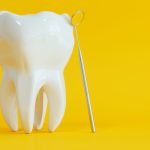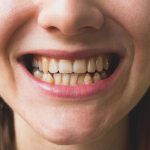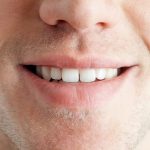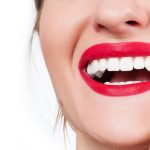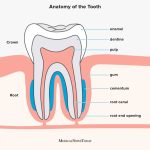Say Goodbye to SeeThrough Teeth: Quick Fixes and Prevention Tips
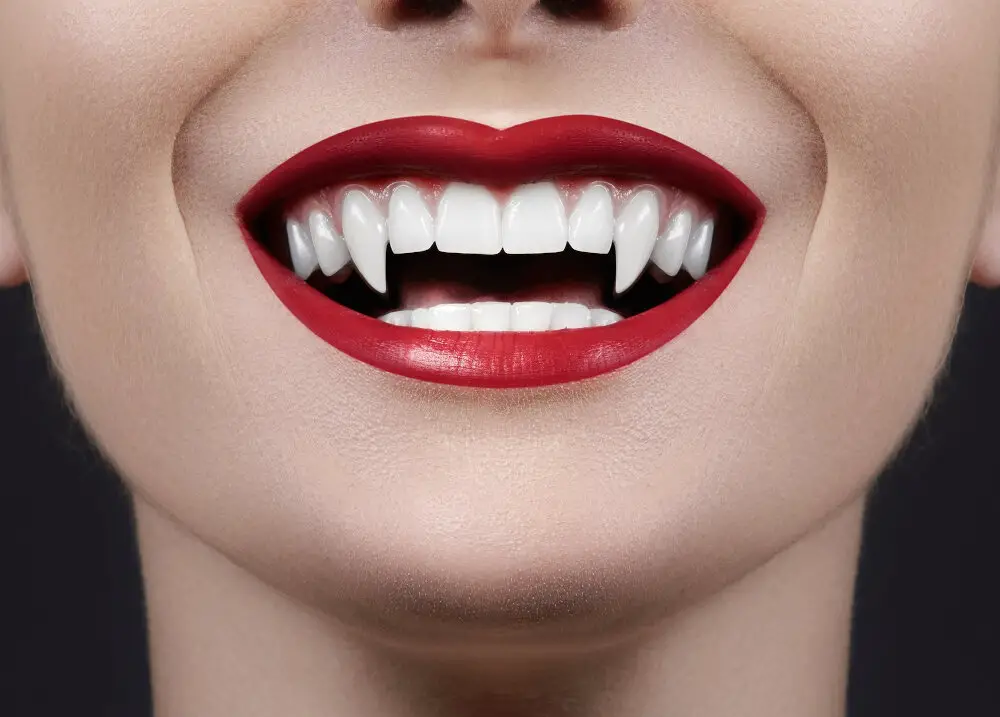
Have you ever looked in the mirror and noticed that your teeth are becoming increasingly translucent? This phenomenon, known as see-through teeth, can be a sign of many different dental problems. From enamel erosion to gum recession, see-through teeth are indicative of issues that can lead to tooth sensitivity, cavities, and even tooth loss. Fortunately, there are quick fixes and prevention methods that can help you say goodbye to see-through teeth. One of the most common causes of see-through teeth is enamel erosion. This occurs when the outer layer of your teeth, known as the enamel, wears away, leaving your teeth transparent and vulnerable to decay. Enamel erosion can be caused by a variety of factors, including acid reflux, excessive brushing, and consuming acidic foods and drinks. To combat enamel erosion, it’s important to be mindful of what you eat and drink and to practice good oral hygiene habits. There are also several quick fixes that can help to restore the appearance and strength of your teeth, such as dental bonding, veneers, and crowns. By taking action now, you can prevent further damage to your teeth and say goodbye to see-through teeth for good.
The problem of seethrough teeth, also known as translucent teeth, is a common dental issue that affects many individuals. This condition is characterized by teeth that appear transparent or translucent, allowing the underlying dentin layer to show through. Seethrough teeth can be caused by a variety of factors, including genetics, enamel erosion, and excessive brushing. In addition to being aesthetically unappealing, seethrough teeth can also be indicative of underlying dental problems such as tooth decay and gum disease. To prevent and treat seethrough teeth, individuals should practice good oral hygiene habits, avoid acidic foods and beverages, and seek professional dental care.
Maintaining good oral health is essential not only for a beautiful smile but also for overall health. Teeth are an essential part of our body, and taking care of them is crucial. Neglecting oral hygiene can result in various dental problems, such as tooth decay, gum disease, and see-through teeth, which can lead to tooth loss and other health problems. Brushing teeth twice a day, flossing regularly, avoiding sugary and acidic foods, and visiting a dentist regularly are some of the best ways to prevent dental issues. By following these simple steps and maintaining good oral hygiene, you can keep your teeth strong, healthy, and see-through-free.
Causes of SeeThrough Teeth
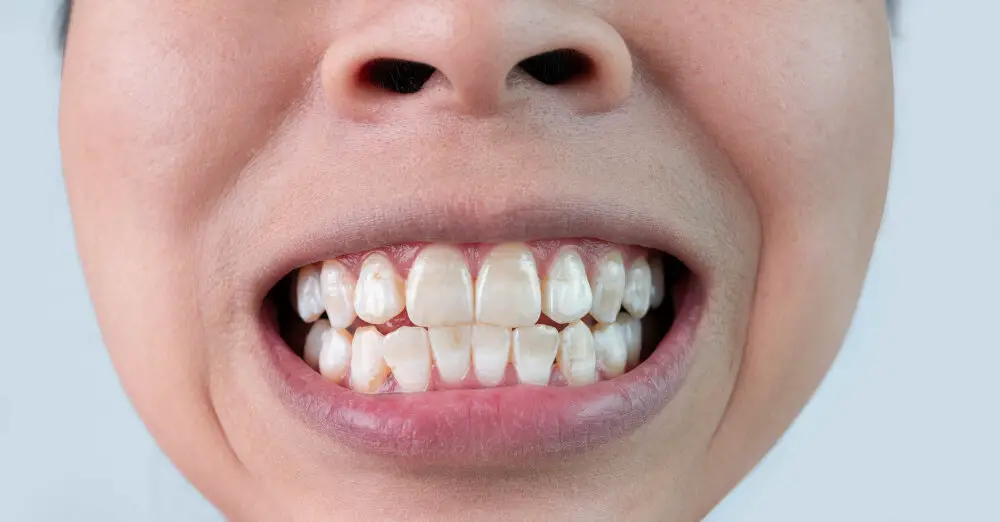
See-through teeth, also known as translucent teeth, are a condition where the teeth appear to be transparent or have a slightly blueish tint. This is caused by the thinning of the enamel, which is the outermost layer of the teeth. There are several factors that contribute to this condition, including genetics, diet, and oral hygiene. Genetics play a significant role in the development of see-through teeth, as some people are simply more prone to thinning enamel than others. Additionally, a poor diet high in sugar and acidic foods can erode the enamel, leading to see-through teeth. Poor oral hygiene, such as infrequent brushing and flossing, can also contribute to this condition by allowing harmful bacteria to thrive in the mouth, which can erode the enamel over time. Another common cause of see-through teeth is bruxism, which is the grinding or clenching of the teeth. This condition puts excess pressure on the enamel, causing it to wear down over time. Bruxism is often caused by stress or anxiety, but can also be a side effect of certain medications. Other factors that can contribute to the development of see-through teeth include aging, acidic saliva, and certain medical conditions such as celiac disease or bulimia. While there is no cure for see-through teeth, there are several preventative measures that individuals can take to minimize the risk of developing this condition. These include maintaining a healthy diet, practicing good oral hygiene, wearing a mouthguard if you grind your teeth, and avoiding acidic foods and drinks. By taking these steps, you can help preserve the enamel on your teeth and maintain a healthy, beautiful smile.
There are a plethora of reasons why someone might experience see-through teeth, a condition where the enamel on the surface of the teeth becomes transparent, revealing the yellowish dentin underneath. Some of the primary causes include genetics, which can result in naturally thin enamel, poor oral hygiene, which can lead to erosion and decay, and consuming too many acidic foods or drinks, which can weaken the enamel. Other contributing factors include grinding or clenching of teeth, certain medications, and medical conditions that affect the enamel’s integrity, such as celiac disease. Identifying the underlying cause of seethrough teeth is crucial in determining the best treatment approach and prevention strategies.
Genetics, lifestyle, and diet all play a crucial role in the health of our teeth. Our genetic makeup can determine the thickness of our tooth enamel, making some people more susceptible to tooth decay and erosion. However, lifestyle factors such as smoking and excessive alcohol consumption can also weaken enamel and increase the risk of dental problems. Moreover, our diet choices can have a significant impact on the health of our teeth. Consuming sugary and acidic foods and drinks can erode enamel and lead to decay. Conversely, a diet rich in calcium, phosphorus, and vitamin D can strengthen enamel and promote healthy teeth. By taking a holistic approach to dental care and considering all these factors, we can maintain strong, healthy teeth for years to come.
One of the factors that contribute to the problem of see-through teeth is enamel erosion. Enamel is the protective outer layer of the teeth, and when it wears away, the underlying dentin becomes more visible, giving teeth a translucent appearance. Enamel erosion can be caused by a variety of factors, including acidic foods and drinks, brushing too hard, and acid reflux. Another contributing factor is tooth grinding, which can wear down the enamel and cause the teeth to become thin and see-through. Poor oral hygiene can also lead to see-through teeth, as bacteria and plaque buildup can weaken the enamel and cause it to erode more quickly. Additionally, genetics can play a role in tooth transparency, as some people naturally have thinner enamel than others.
Quick Fixes for SeeThrough Teeth

See-through teeth can be a common problem among people, and it can cause discomfort and affect their self-esteem. The good news is that there are quick fixes that can help treat this issue. One solution is using tooth bonding to cover the teeth’s surface, which involves applying a tooth-colored resin and shaping it to match the teeth’s natural color and shape. This method can be an excellent option for small areas of transparency or discoloration, and it can improve the appearance of teeth significantly. Tooth bonding is a quick and painless procedure that can be completed in one visit to the dentist, and it can last for several years with proper care. Another solution for see-through teeth is using veneers, which are thin shells made of porcelain or composite resin that are placed over the teeth’s surface to improve their appearance. Veneers are a more permanent solution than tooth bonding and can provide a significant improvement in the teeth’s shape, size, and color. They can also be used to treat other dental issues such as chipped or misaligned teeth. While veneers can be more expensive than tooth bonding, they are a long-lasting solution that can last for up to 15 years with proper care. If you are considering veneers, it is essential to consult with a dentist to determine if they are the right option for you and your dental needs.
See-through teeth can be a result of enamel erosion, which can be caused by a variety of factors such as acidic foods, brushing too hard, and teeth grinding. To address this issue, there are several quick fixes available. One option is to use toothpaste that is specifically designed to strengthen enamel. Another option is to apply a fluoride gel or varnish to the teeth, which can help to remineralize the enamel. Dental bonding is also a solution that can be used to cover the see-through areas of the teeth. However, it is important to note that these quick fixes are only temporary and do not address the underlying issue of enamel erosion. To prevent further damage, it is important to practice good oral hygiene habits and avoid consuming acidic foods and drinks.
Teeth whitening treatments have become increasingly popular in recent years, thanks to their ability to brighten up a person’s smile. These treatments come in various forms, including at-home kits and professional treatments done by dentists. However, it’s important to note that these treatments are not a substitute for good oral hygiene habits. While they may remove surface stains, they won’t address deeper discoloration or stains caused by underlying dental issues. It’s also essential to choose a reputable provider for any teeth whitening treatment to ensure safety and efficacy. In addition, maintaining a healthy diet and avoiding habits like smoking can go a long way in preventing tooth discoloration in the first place.
Dental bonding and veneers are two popular options for people who want to improve the appearance of their teeth. Dental bonding involves the use of a tooth-colored resin to fill in gaps, repair chips or cracks, or change the shape of a tooth. Veneers, on the other hand, are thin, custom-made shells that are placed over the front of the teeth to improve their appearance. Both options can be used to whiten discolored teeth and can provide a long-lasting solution to cosmetic dental issues. However, veneers are often more expensive than bonding and require more preparation of the natural tooth, but can also provide a more dramatic transformation. Ultimately, the best choice for a patient will depend on their individual needs and goals.
Crowns and fillings are two common dental procedures used to restore the structure and function of damaged teeth. A crown is a cap that covers the entire tooth, while a filling is used to fill in a cavity or small area of damage. Both procedures can be made from a variety of materials, including porcelain, ceramic, or metal alloys. Crowns are often used for more extensive damage or after a root canal, while fillings are typically used for smaller areas of decay. It’s important to take proper care of your crowns and fillings to ensure their longevity and prevent further damage to your teeth. This includes practicing good oral hygiene, avoiding hard or sticky foods, and seeing your dentist regularly for checkups and cleanings.
There are several treatments available for see-through teeth, each with its own unique way of working and level of effectiveness. One popular treatment option is bonding, which involves the application of tooth-colored resin to the affected teeth. This resin is then hardened using a special light, creating a natural-looking and durable covering for the teeth. Another option is veneers, which are thin, custom-made shells that are bonded to the front of the teeth to improve their appearance. Both bonding and veneers can be highly effective for addressing see-through teeth, providing long-lasting results that can significantly improve the appearance of the smile. However, these treatments can also be expensive and may require ongoing maintenance to keep them looking their best. In addition to these treatments, preventative measures like good oral hygiene, a healthy diet, and regular dental checkups can help keep teeth strong and healthy, reducing the risk of see-through teeth and other dental issues.
Prevention Tips for SeeThrough Teeth

See-through teeth can be a cause of concern for many individuals, as they not only affect the appearance of your teeth but also indicate underlying dental problems. However, by following some simple prevention tips, you can avoid see-through teeth and ensure that your smile remains healthy and beautiful. One of the most important things you can do is to maintain good oral hygiene. This involves brushing your teeth twice a day, flossing daily, and using mouthwash to kill any bacteria that may be present in your mouth. By doing so, you can prevent the buildup of plaque and bacteria that can lead to tooth decay and erosion, which can cause your teeth to become see-through. Another way to prevent see-through teeth is to avoid consuming acidic and sugary foods and beverages. These can erode the enamel on your teeth, making them more translucent and susceptible to damage. Instead, opt for a balanced and nutritious diet that includes plenty of fruits and vegetables, lean protein, and healthy fats. You should also drink plenty of water throughout the day to keep your mouth hydrated and to wash away any food particles or bacteria that may be present. By taking these simple steps, you can prevent see-through teeth and maintain a healthy, beautiful smile for years to come.
See-through teeth can be caused by various factors such as aging, genetics, acid erosion, and aggressive brushing. To prevent this condition from worsening, individuals should consider adopting certain preventive measures. One of the most effective tips is to brush gently with a soft-bristled toothbrush and fluoride toothpaste, as harsh brushing can wear down the enamel and expose the dentin layer. Additionally, avoiding acidic foods and drinks, reducing sugar intake, and using a straw when consuming acidic beverages can help protect the enamel. Incorporating calcium-rich foods, such as dairy products, leafy greens, and nuts, into the diet can also strengthen the teeth. Finally, regular dental checkups and professional cleanings can help identify and treat any early signs of seethrough teeth.
Proper dental hygiene is essential for maintaining healthy teeth and gums. Brushing your teeth at least twice a day for two minutes is the cornerstone of good dental hygiene. It is recommended to use a soft-bristled toothbrush and fluoride toothpaste to gently remove plaque and bacteria from your teeth and gums. It’s important to brush all surfaces of your teeth, including the back molars and tongue, as well as along the gum line. Additionally, flossing once a day can help remove food particles and plaque from between teeth where a toothbrush can’t reach. Following these steps can help prevent cavities, gum disease, and other oral health issues.
A healthy diet and lifestyle are crucial components of maintaining good oral health and preventing see-through teeth. A diet rich in calcium, phosphorus, and vitamin D can help strengthen teeth and bones. It’s also important to limit sugary and acidic foods and drinks as they can erode tooth enamel. Regular physical activity can also improve overall health and reduce the risk of conditions that can negatively impact oral health, such as diabetes and heart disease. Additionally, practicing good oral hygiene habits like brushing twice a day, flossing daily, and visiting the dentist regularly can help prevent see-through teeth and other dental issues. Making these healthy choices a part of your daily routine can lead to a brighter, healthier smile and a happier, healthier you.
Regular dental checkups are an essential aspect of maintaining good oral health and preventing dental issues. These checkups allow dentists to detect any potential problems early on, such as cavities, gum disease, or oral cancer, and take necessary actions. During a checkup, the dentist will clean your teeth, examine your gums, teeth, and mouth for any signs of decay or disease. They may also take X-rays to detect any underlying issues. By attending regular dental checkups, you can prevent minor issues from turning into major ones, maintain a healthy and beautiful smile, and save money in the long run by avoiding expensive dental treatments. Therefore, it is important to prioritize regular dental checkups and make them a part of your overall health routine.
Prevention is the key to maintaining healthy teeth, and there are several tips that can help in achieving this goal. Firstly, brushing teeth twice a day with fluoride toothpaste helps in removing plaque and reducing the risk of cavities. Secondly, flossing daily helps in removing food particles and plaque from between the teeth and the gum line, preventing gum disease. Additionally, avoiding sugary and acidic foods and drinks can also help in maintaining healthy teeth as they can erode the enamel and increase the risk of cavities. Regular dental check-ups and cleanings also play a crucial role in identifying and preventing dental problems before they become serious. By following these prevention tips, individuals can maintain healthy teeth and prevent the need for quick fixes.
Seethrough teeth are caused by a variety of factors such as genetics, aging, poor oral hygiene, and acidic foods and drinks. To fix this issue, dental bonding, veneers, or crowns can be used to cover the affected teeth. However, these are quick fixes that may not solve the underlying problem. Prevention tips include maintaining good oral hygiene, using fluoride toothpaste, avoiding acidic foods and drinks, and visiting the dentist regularly. By following these prevention tips, individuals can reduce the risk of developing seethrough teeth and maintain healthy, strong teeth.
Taking care of our teeth is crucial to prevent various dental issues, including see-through teeth. Poor dental hygiene habits, such as irregular brushing and flossing, increase the risk of tooth decay, which can result in the erosion of the enamel, the protective layer of the tooth. When the enamel wears off, the teeth become transparent, weak, and sensitive, making them susceptible to cavities and other dental problems. Therefore, it is essential to maintain good oral hygiene by brushing twice a day, flossing daily, drinking plenty of water, eating a healthy diet, and visiting the dentist regularly. By doing so, we can keep our teeth strong, healthy, and pearly white.
Good dental hygiene plays a vital role in maintaining healthy teeth and gums. It not only helps prevent cavities, bad breath, and gum disease but also contributes to overall physical health. Regular visits to the dentist are also crucial in identifying and treating any dental problems early on. Therefore, it is essential to encourage everyone to practice good dental hygiene by brushing and flossing daily, using mouthwash, and limiting sugary foods and drinks. Additionally, scheduling regular dental checkups and cleanings can help identify any underlying issues and prevent them from becoming more severe. By prioritizing dental health and making it a part of our daily routine, we can ensure a healthy and happy smile for years to come.
Conclusion
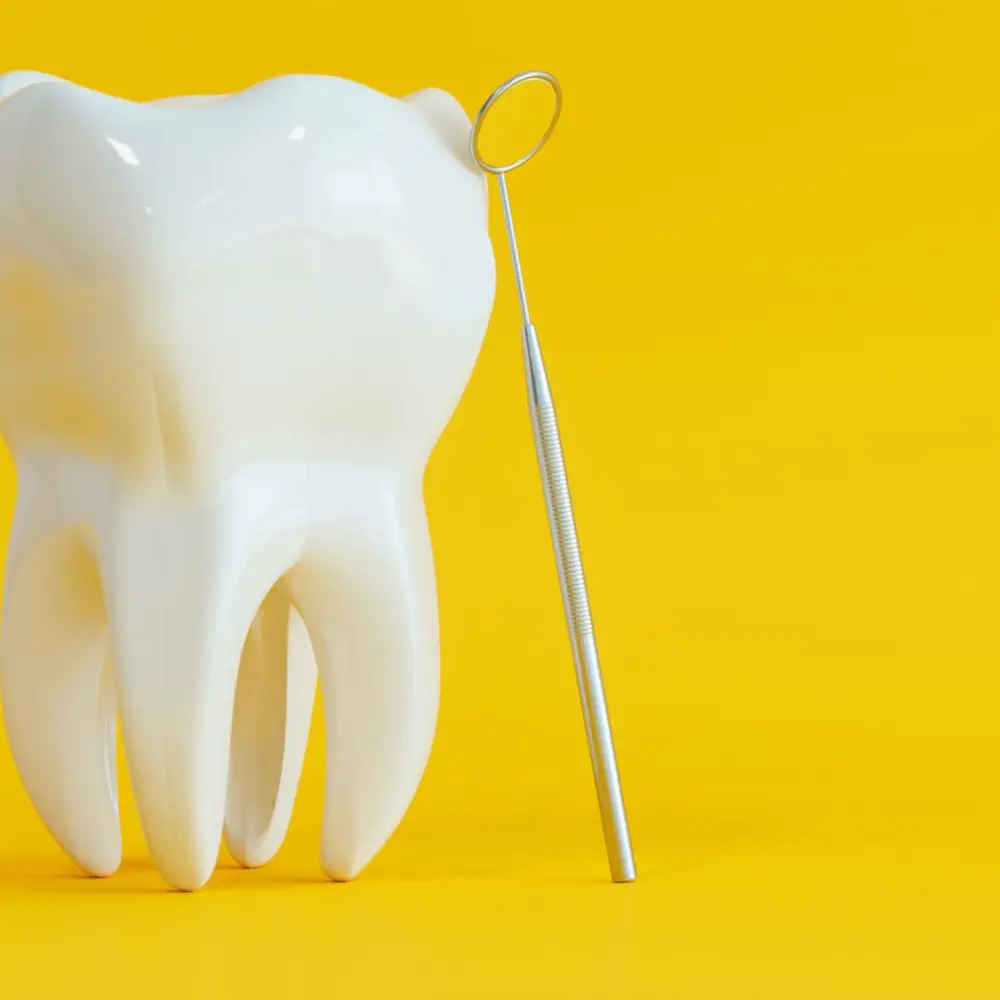
In conclusion, see-through teeth can be a frustrating dental issue to deal with, but there are several quick fixes and prevention tips available to combat it. Taking care of your oral health by brushing and flossing regularly, avoiding sugary and acidic foods, and visiting your dentist at least twice a year can go a long way in preventing see-through teeth. For those who already have transparent teeth, options such as bonding, veneers, and teeth whitening can provide quick and effective solutions. However, it is important to consult with a dental professional to determine the best course of treatment for your specific needs. By following these prevention tips and utilizing quick fixes, you can say goodbye to see-through teeth and enjoy a healthy, beautiful smile.
